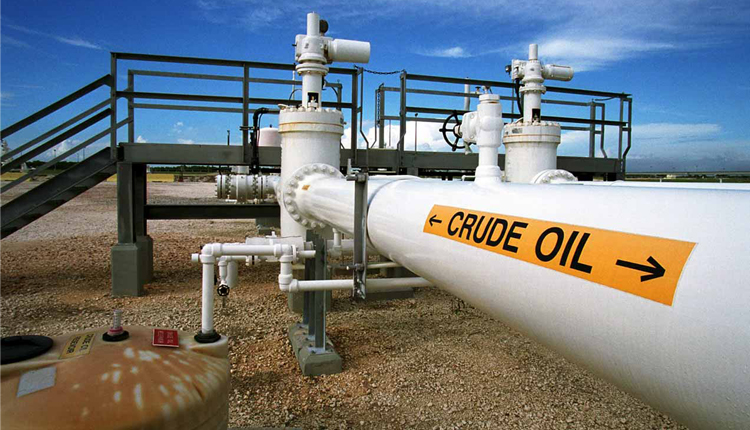Oil prices were mixed in Asian trading on Tuesday, but remained under pressure from expectations that Saudi Arabia and Russia would pump more crude to ease a potential shortfall in supply.
Brent crude futures were up 21 cents, or 0.28 percent, at $75.51 a barrel at 0635 GMT, after settling at their lowest since May 8 at $75.30.
U.S. West Texas Intermediate (WTI) crude was down $1.11, or 1.64 percent, at $66.77 a barrel, sitting around its lowest since April 17.
“Investors have started pricing in the likelihood of Saudi Arabia and Russia increasing crude oil production,” ANZ Bank said in a note.
“However, doubt remains, with any agreement to be finalized at the June OPEC meeting.”
Concerns that Saudi Arabia and Russia could boost output have put downward pressures on oil prices, along with rising oil production in the United States.
Saudi Arabia and Russia have discussed raising OPEC and non-OPEC oil production by some 1 million barrels per day to make up potential supply shortfalls from Venezuela and Iran.
The Organisation of the Petroleum Exporting Countries (OPEC) is due to meet in Vienna on June 22.
The spread between Brent and WTI stands at around $8.7 a barrel, the widest since March 2015 due to the depressed price of U.S. crude compared to Brent.
“The way I see it is that WTI prices are stabilizing rather than falling after rising sharply in recent weeks because the prices were expected to be in the range of $55-$65 a barrel,” said Vincent Hwang, commodity analyst at NH Investment & Securities in Seoul.
“But at the same time there are some worries over a fall in U.S. oil demand if more Middle East crude supplies flow into the market,” Hwang said.
Meanwhile, record crude oil volumes from the United States are expected to head to Asia in coming months, nibbling away the market share of OPEC and Russia.
U.S. oil production has surged by more than 27 percent in the last two years to 10.73 million barrels per day (bpd). That puts the United States ahead of top exporter Saudi Arabia, and only Russia pumps out more, at around 11 million bpd.
Source: Reuters


